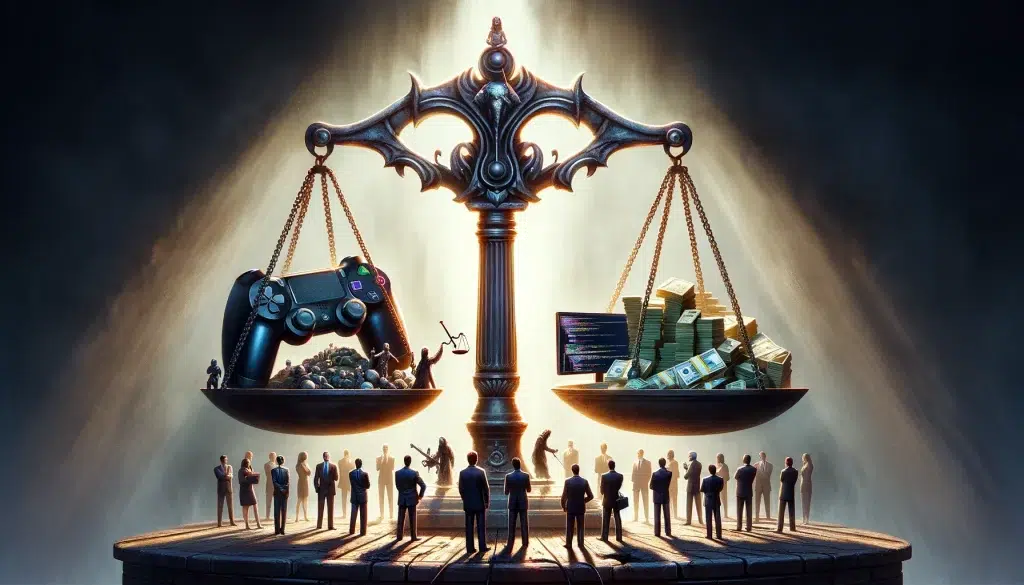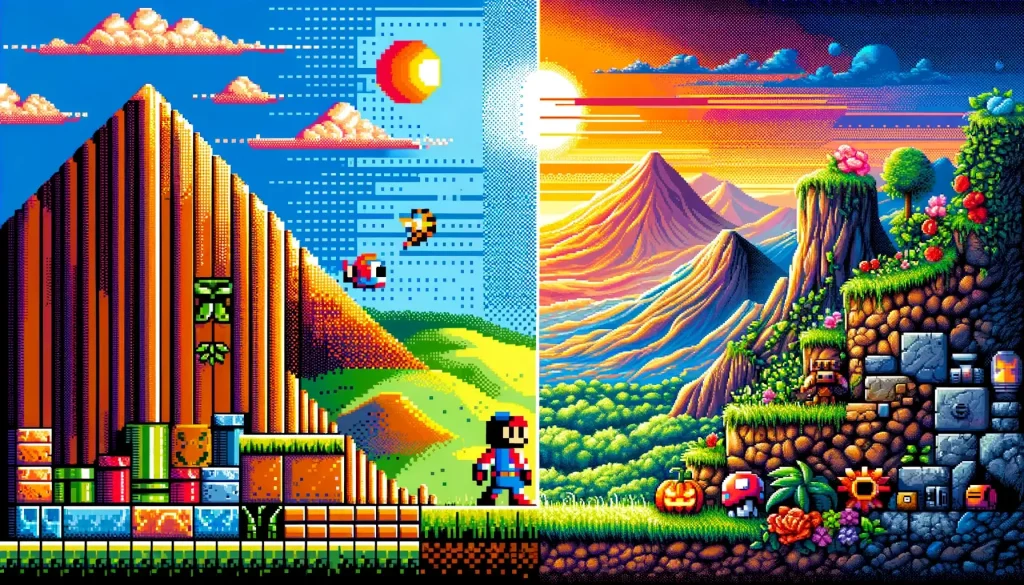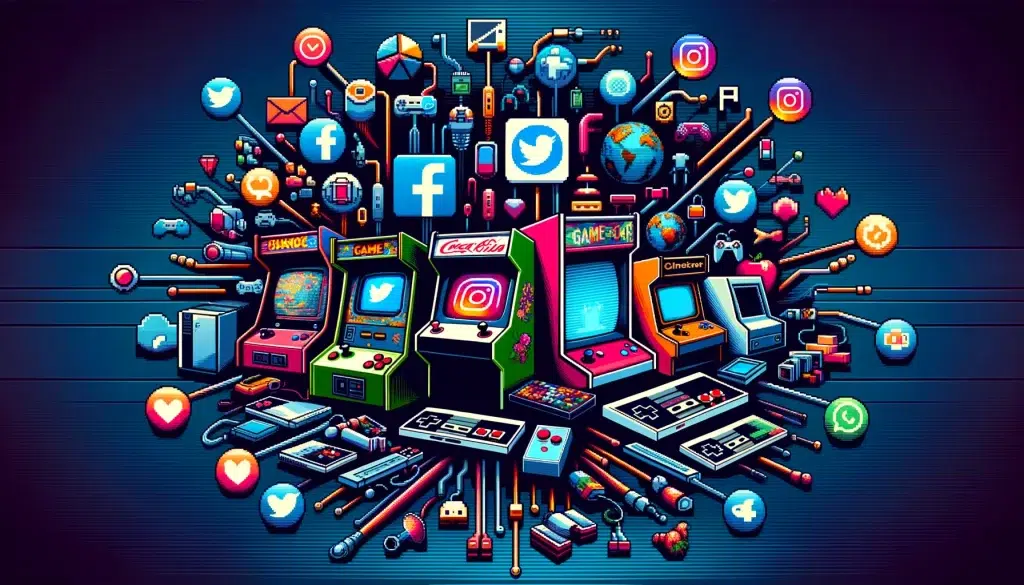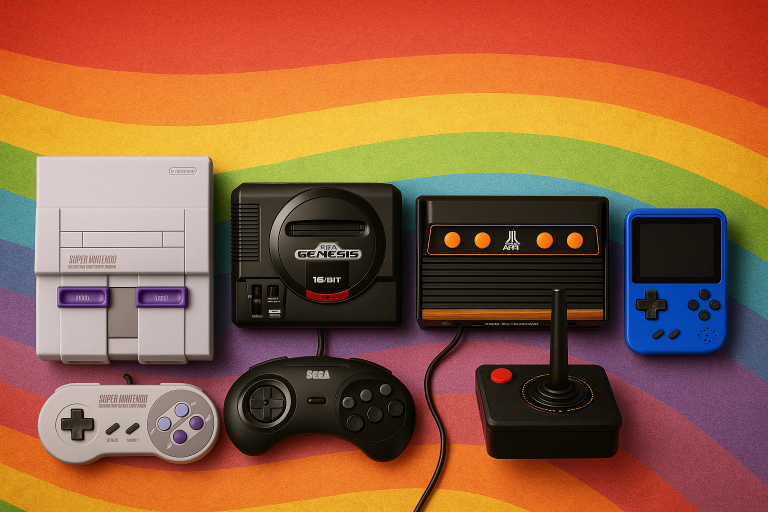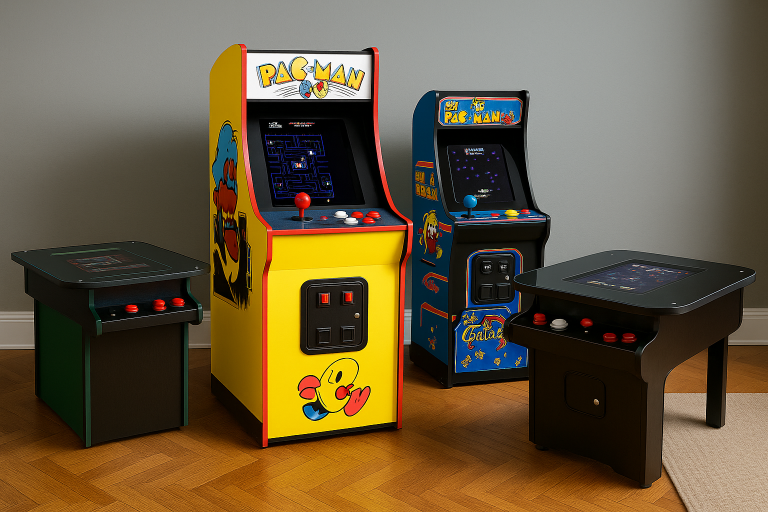The Dawn of Pixel Art: Necessity Meets Innovation
At the heart of digital creativity, pixel art emerged as a compelling solution to early technological constraints. This form of digital art, characterized by its use of individual pixels to create intricate designs, originated in a time when computing resources were minimal. Limited screen resolutions and a sparse palette of colors forced artists to work within a tightly constrained digital canvas. Each pixel became a crucial component of the overall image, requiring precise placement and color choice to convey the desired effect.
The inception of pixel art can be traced back to the pioneering days of video games and computer graphics. During these early stages, artists and programmers collaborated closely, pushing the boundaries of what was possible with the limited technology available. This era laid the foundation for what would become a defining aesthetic of the digital age. Pixel art was not merely a workaround for technical limitations; it was an art form that demanded skill, creativity, and ingenuity.
The evolution of pixel art during this period is a testament to the human capacity for innovation in the face of adversity. As technology advanced, so too did the complexity and beauty of pixel art. Artists began to experiment with color and composition, creating more detailed and expressive works. This progression from simple, abstract forms to intricate, lifelike images illustrates the adaptive nature of digital art and its creators.
Pixel art’s journey from a necessary byproduct of technological limitations to a celebrated form of digital expression underscores its significance in the history of computer graphics. This evolution reflects the broader narrative of digital technology itself: a story of continuous advancement and the creative exploration of new frontiers.
The 8-Bit Era: Crafting Iconic Digital Worlds
The 8-bit era represents a pivotal chapter in the history of pixel art, marking its golden age and solidifying its place in the pantheon of digital art forms. During this period, video games emerged as a dominant cultural force, and pixel art was at the forefront, defining the visual landscape of digital entertainment. Games such as “Super Mario Bros.” and “The Legend of Zelda” became more than just technological achievements; they were artistic expressions, vividly realized through the medium of pixel art.
In the 8-bit era, the constraints of technology were still present, but artists and game developers had begun to master the art of working within these bounds. The limited color palettes and low-resolution screens of the time did not hinder creativity; instead, they fostered a unique aesthetic that resonated with audiences worldwide. The simplicity of pixel art, with its bold colors and sharp lines, lent itself to creating memorable, iconic characters and settings that have endured in popular culture.
This era also saw the emergence of a distinct community of artists and programmers who viewed pixel art not just as a means to an end but as a craft worthy of exploration and refinement. Forums, magazines, and early online communities became spaces for sharing techniques, critiquing works, and pushing the boundaries of what could be achieved with a few pixels.
The influence of the 8-bit era extends beyond the realm of video games. It inspired a generation of digital artists and designers, laying the groundwork for the pixel art movement that continues to thrive today. The aesthetics of 8-bit pixel art have been embraced by various media, influencing everything from modern indie games to fashion, proving that the appeal of pixel art is not merely nostalgic but deeply rooted in the visual language of digital art.
Pixel Art in the Modern Era: A Nostalgic Resurgence
In the contemporary digital landscape, pixel art experiences a renaissance, driven by nostalgia and an appreciation for its aesthetic simplicity. Far from being obsolete, pixel art has found new life in various forms, from indie games that embrace the retro style to digital art projects that celebrate the medium’s unique charm. This resurgence is not just a homage to the past but a recognition of pixel art’s timeless appeal and versatility.
The appeal of pixel art in the modern era lies in its ability to evoke a sense of nostalgia while offering a distinct visual style that stands out in a sea of high-definition graphics. Indie game developers, in particular, have embraced pixel art, using it to create games that combine classic gameplay mechanics with modern design sensibilities. These games do not merely replicate the aesthetics of the past; they reinterpret them, introducing pixel art to a new generation of gamers and artists.
Beyond gaming, pixel art has permeated other areas of digital culture, including online communities, art installations, and even fashion. Social media platforms are awash with pixel art creations, ranging from animated GIFs to intricate landscapes, showcasing the medium’s adaptability and enduring popularity. Artists and designers draw inspiration from the pixelated visuals of their youth, incorporating them into contemporary designs that resonate with both older audiences and those discovering pixel art for the first time.

